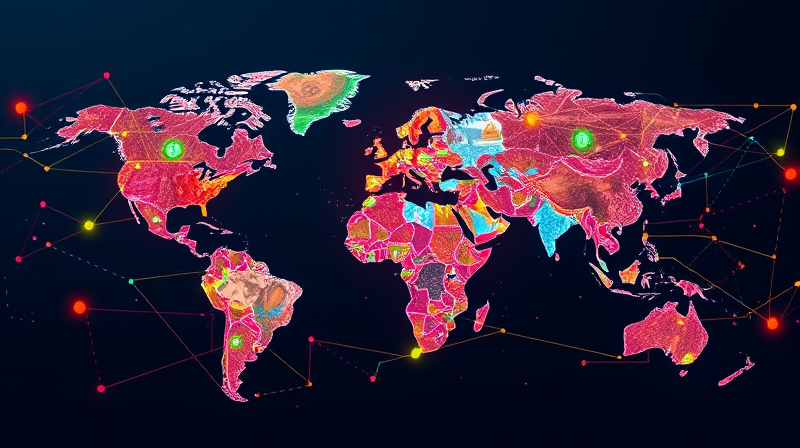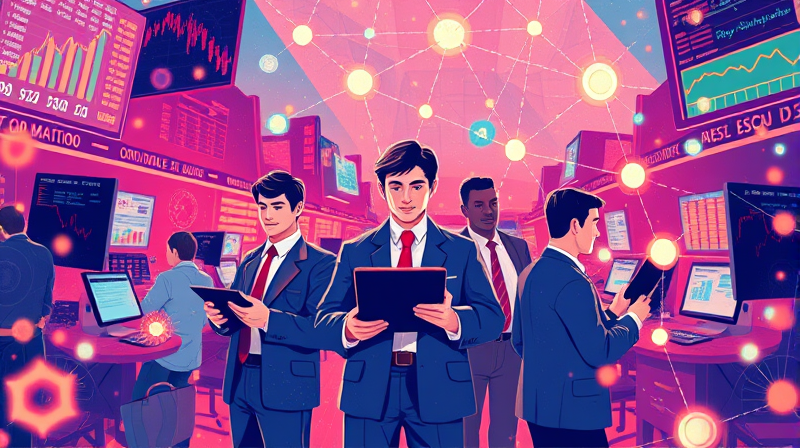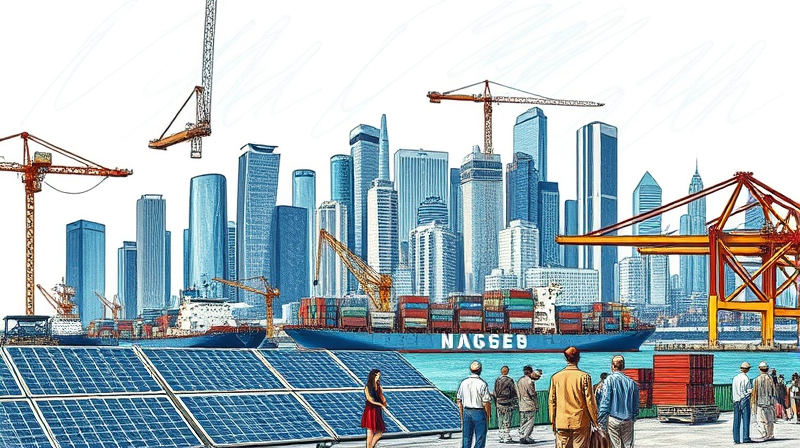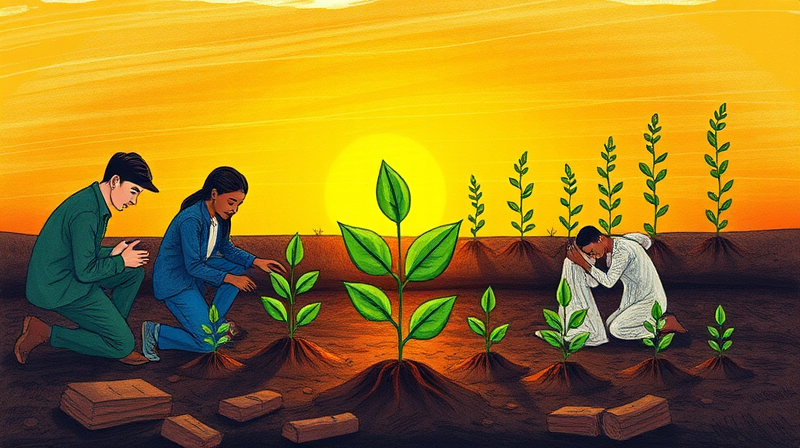
As the global economy stands at a crossroads in mid-2025, traditionally robust growth patterns give way to more cautious projections. Institutions such as the IMF, World Bank, OECD, UN DESA and Morgan Stanley are forecasting slower expansion, reflecting an environment of heightened uncertainty.
Across major agencies, consensus points toward heightened trade tensions and stricter financial conditions as key inhibitors of economic momentum. A series of headwinds—from tariff escalations to faltering investment flows—has dimmed what was once an optimistic outlook for world markets.
As investors scrutinize bond yields and equity markets, and as ordinary families contend with rising costs, the pivotal question emerges: how will we adapt to an era of potential recessionary pressures lurking beneath the surface? The answers demand both rigorous data analysis and creative collaboration.
Projections for worldwide GDP growth in 2025 have been markedly revised downward. The IMF predicts growth of 3.3%, the OECD forecasts 2.9%, and the World Bank offers an even more sobering estimate of 2.3%. These figures, if realized, would represent the slowest pace outside of major recessions since the 2008 financial crisis.
Analysts identify several common drivers behind this slowdown. Trade volumes have contracted under spiraling protectionist measures, investment uncertainty remains elevated, and consumer confidence in both advanced and developing economies has weakened. The net result demands close attention to shifting economic dynamics.
As Morgan Stanley’s Seth Carpenter warns, “undoing the tariffs won’t restore the lost growth,” highlighting how recent policy choices have long-lasting implications. The challenge now is to find ways to ignite sustainable investment and to foster confidence among businesses battered by volatile global conditions.
The headline numbers mask vastly different regional trajectories. In the United States, growth is expected to slow from 2.8% in 2024 to just 1.6% in 2025 and 1.5% in 2026, reflecting both fiscal constraints and trade policy headwinds. In contrast, the euro area may see a modest uptick, rising from 0.8% growth in 2024 to 1.0% in 2025 and 1.2% in 2026.
In Africa and Latin America, economies face a double squeeze of weak external demand and tightening financial conditions. High debt burdens and commodity price volatility have forced policymakers to juggle inflation control with the need to support growth. Without decisive reforms and targeted international support, these regions risk falling further behind.
Inflation, once the primary concern for central banks, is finally showing signs of moderation in many regions. The IMF projects headline inflation to fall to 4.2% in 2025 and 3.5% in 2026, while the OECD expects G20 inflation to ease to 3.6% and then 3.2%.
Yet the path forward is uneven. The United States grapples with central banks balancing growth and stability, maintaining elevated policy rates through early 2026 to ensure price pressures subside. Emerging market central banks, having raised rates aggressively, are now starting to ease in hopes of driving a recovery in domestic demand.
In Japan, persistent deflationary pressures contrast sharply with inflation that remains above targets in the U.S. and parts of Europe, demonstrating divergent paths among advanced economies. Coordination through forums like the G20 will be crucial to avoid destabilizing policy mismatches.
Risks remain significant. Any renewed supply shock, a resurgence of tariffs or geopolitical disruptions could reignite inflationary flames, delaying monetary easing and heightening borrowing costs for governments and businesses.
Trade policy has emerged as a critical factor shaping the global outlook. U.S. tariff increases have lifted effective global rates, disrupting supply chains and weighing on export growth. With negotiations between major powers at an impasse, the specter of further escalation looms large.
Geopolitical tensions in regions from Eastern Europe to the South China Sea add another layer of uncertainty. Investors and entrepreneurs are left to navigate a complex landscape where navigating uncertainty with strategic investment becomes both a necessity and an opportunity.
Companies are increasingly exploring diversification of supply chains, seeking alternatives to traditional manufacturing hubs. While costly in the short term, these efforts may yield more resilient networks that can better absorb shocks and boost long-term productivity.
Beyond the immediate horizon, several structural issues will define the trajectory of world markets. Investment growth is tepid, debt levels—public and private—hover near historical highs, and global trade expansion has slowed dramatically compared to the early 2000s.
Progress toward the United Nations Sustainable Development Goals has stalled, with slow growth undermining investments in health, education and clean energy in low-income nations. This stall harms vulnerable populations and creates feedback loops that could hinder future stability and prosperity.
In an era defined by unpredictable shifts and evolving risks, no single strategy will guarantee success. Yet by acknowledging the realities of a slowing global economy and embracing cooperative solutions, policymakers, businesses and communities can chart a course toward more stable and equitable growth.
Now is the moment to look beyond headline figures and embrace a shared responsibility for global prosperity. By harnessing innovation, advancing inclusive policies and reaffirming the spirit of collaboration, stakeholders at every level can help write a new chapter of sustained and equitable growth.
References













